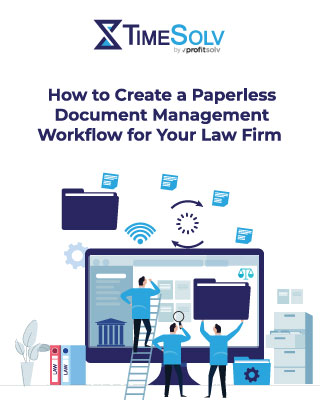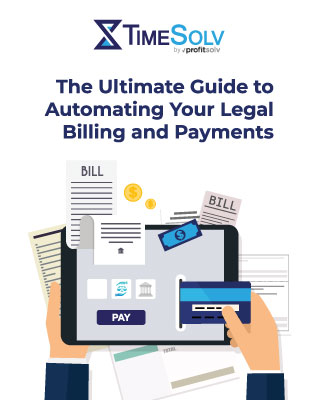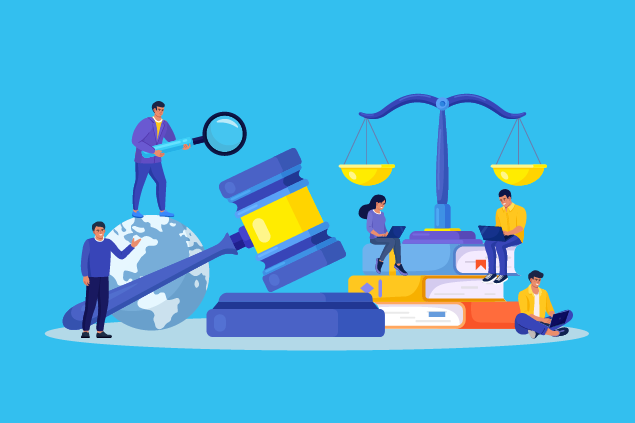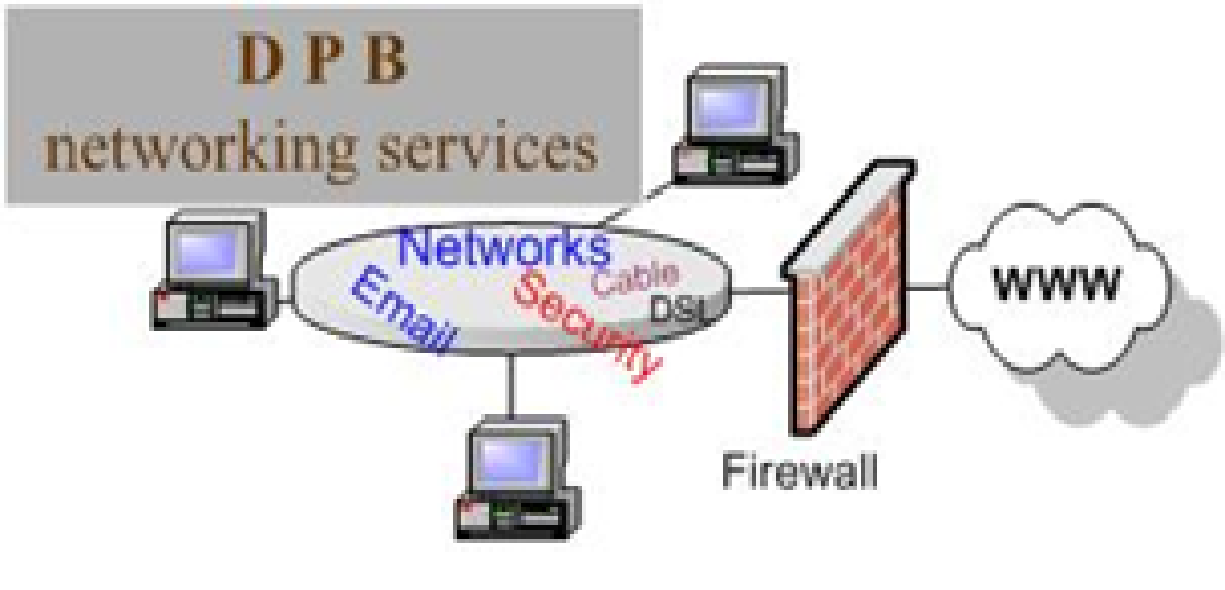Courtroom objections are strategic tools that can shape the course of a trial. When you master the art of objections in court, you can preserve the record for appeal, suppress damaging testimony, and protect the integrity of your case. Objections are valuable in virtually all practice areas that require time spent in court, including civil litigation and criminal defense.
However, objecting effectively takes more than confidence. Presenting objections in court requires discretion and careful timing, as well as a deep understanding of the procedural rules in your jurisdiction.
Our guide explores the types of objections in court so you can more effectively use them to protect your clients’ interests. We’ll also show you how tools like TimeSolv can give you the edge in preparing your case and identifying points of friction that may require you to present objections.
What Are Court Objections?
Objections in court are formal protests raised by attorneys to challenge evidence or testimony that one party believes is improper or violates the rules of evidence. The goal of an objection is to prevent irrelevant, prejudicial, or otherwise inadmissible information from being introduced before a judge or jury.
Attorneys are most likely to raise objections during direct or cross-examination of witnesses. However, they may also raise objections during opening statements, closing arguments, or even pretrial hearings. Whether a judge sustains or overrules an objection will depend on the validity of the grounds and the strength of the attorney’s explanation.
Unfortunately, many attorneys are bogged down by tedious administrative work and antiquated document management tasks. They don’t always have the time to prepare potential objections in court before trial. Enter TimeSolv, a modern legal practice management solution designed to streamline case prep.
By managing your day-to-day with TimeSolv, you can take back your week and free up precious hours. The result is a stronger case presentation and more time to explore procedural rules that may justify objections in court.
How to Create a Paperless Document Management Workflow for Your Law Firm
To provide your clients with the best value possible, consider setting up paperless
document management workflows.
Don’t know where to start? Consider this your step-by-step map to creating a more efficient, eco-friendly law firm.
Download our free guide to create a paperless document management workflow for your law firm today!
5 Examples of Common Objections in Court
The following are the five most common objections in court.
1. Relevance
Attorneys who present this objection are arguing that a question or a piece of evidence is not related to the case and does not make any fact more or less probable. Judges are tasked with keeping proceedings focused and efficient, so they will often sustain relevance objections if a question is truly off topic.
You may want to use a relevance objection when the opposing counsel veers off topic or attempts to distract the jury with unrelated details. For example, a defense counsel may ask irrelevant questions about a witness’s background to try to erode the jury’s confidence in their credibility.
2. Hearsay
Hearsay refers to an out-of-court statement offered to prove the truth of the matter asserted. For example, if a witness says, “My neighbor told me that the defendant confessed,” that’s hearsay. Unless a specific exception applies, hearsay is inadmissible.
Thorough case prep gives you time to dig into witness testimony captured during depositions and discovery. Identify any potential claims of hearsay exceptions and be prepared to push back against opposing counsel if their exception claims are thin.
3. Leading
During direct examination, attorneys are generally not allowed to ask leading questions that suggest a specific answer. This ensures that the witness’s testimony is their own. Use the “leading question” objection to stop the opposing attorney from improperly guiding their own witness.
However, attorneys can ask leading questions during cross-examination to attempt to contest the witness’s credibility.
Leading questions are a form of closed-ended questions that paint the respondent into a corner. Sometimes, the line between a specific question and a leading one can become blurry. Diligence is key to protecting your client’s case from being negatively influenced by leading questions.
4. Speculation
Witnesses must testify based on firsthand knowledge. They are not allowed to guess or make assumptions to fill in the blanks. If an attorney asks a witness to assume something that they don’t directly know, this is grounds for a speculation objection.
For example, if an attorney asks, “Why do you think the defendant left the party early?” you can raise a speculation objection. The correct way to ask this question is as follows: “Do you know why the defendant left the party early?”
5. Argumentative
The argumentative objection targets questions that challenge or badger the witness rather than seek information. It often arises during cross-examination, as the opposing counsel may want to press your witness. Use this objection if the opposing counsel turns their question into a statement.
Some other objections you should know include the following:
- Asked and Answered: Repeating the same question in an attempt to trip up or confuse a witness
- Compound Question: Combining multiple questions into one, confusing the witness
- Assumes Facts Not in Evidence: Asking a question that contains assumptions that haven’t been introduced yet
- Lack of Foundation: Asking a question without laying the groundwork for a particular piece of evidence or testimony
This is not a comprehensive list of objections in court. Your jurisdiction and practice area may use other types of objections. It’s important to consider the procedural rules for your jurisdiction and practice area so that you can adequately leverage objections in court.
Mastering Objections Begins with Solid Case Prep
Objections are a critical part of litigation, but they’re only as effective as your preparation. Knowing when and how to present objections in court requires a solid understanding of your case and applicable rules.
Know Your Case Inside and Out
Attorneys who know their case timeline, legal documents, and witnesses are more likely to catch objectionable testimony. Solid prep also makes it easier to respond to objections quickly and logically.
Master the Rules of Evidence and Procedure
You should be fluent in the rules of evidence and procedural rules for your jurisdiction. That way, you can object with confidence and support your request with actionable knowledge.
Anticipate and Plan Objections Ahead of Time
Great trial attorneys don’t just react — they anticipate. During prep, think about what the opposing side might present and plan possible objections. Mock trials and trial notebooks can help you test your objection strategies.
Spending more time on case prep also helps you respond to objections from the opposing counsel. Here’s what to do if you get put on the spot:
- Stay calm and respectful
- Respond by citing a rule or precedent, if possible
- Be concise
- Be ready to rephrase the question
Whether you’re objecting or responding, the goal is to keep the focus on the facts.
Efficiency Starts with Better Time Management
With TimeSolv, you can ensure every minute spent on preparation and court appearances is captured accurately, even while you’re on-the-go.
Our platform’s robust time-tracking tool enables you to seamlessly log hours spent on tasks from anywhere. Stay on top of every detail and ensure accurate billing with ease, allowing you to focus your attention on high-value billable activities like preparation for court.
How to Create a Paperless Document Management Workflow for Your Law Firm
To provide your clients with the best value possible, consider setting up paperless
document management workflows.
Don’t know where to start? Consider this your step-by-step map to creating a more efficient, eco-friendly law firm.
Download our free guide to create a paperless document management workflow for your law firm today!
















